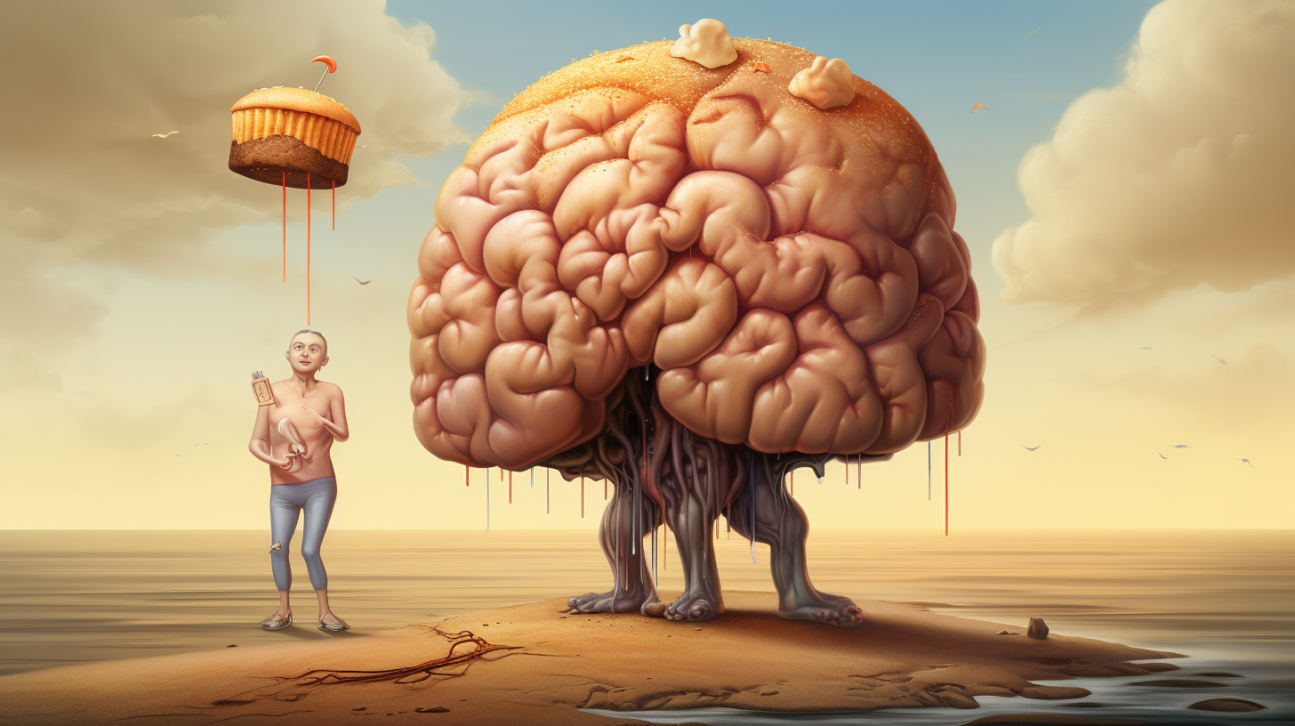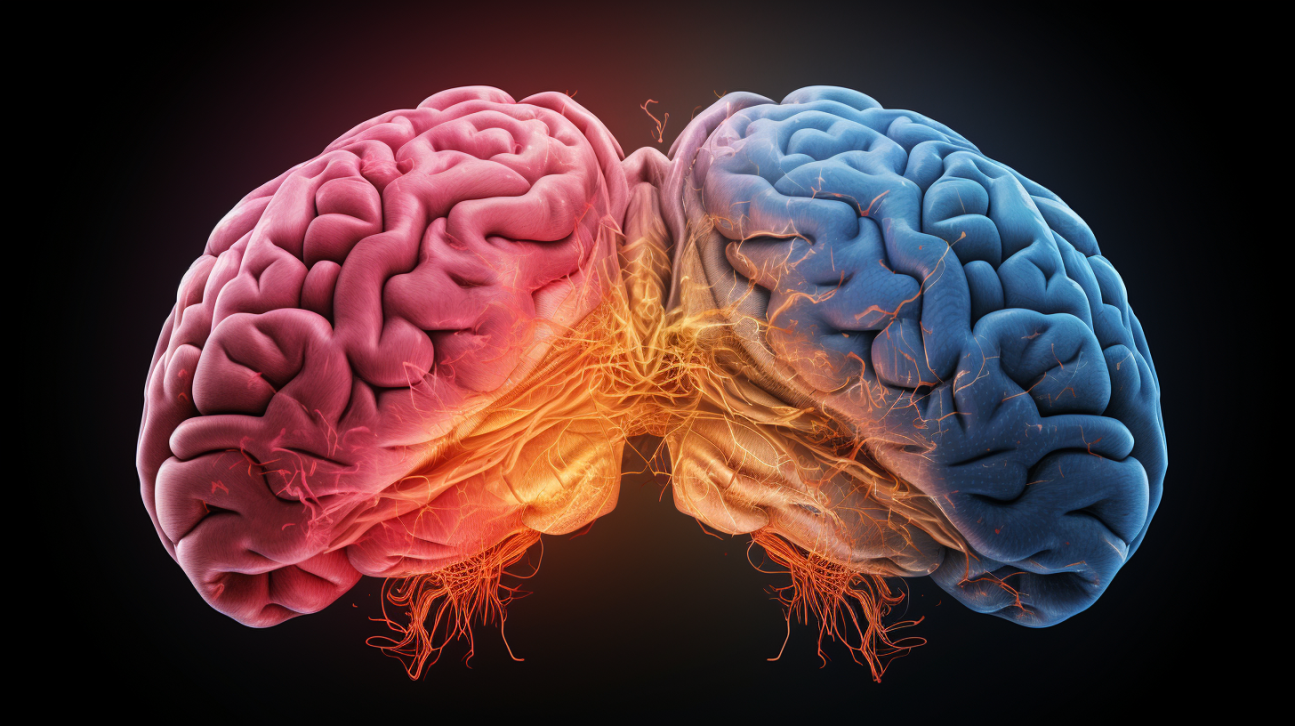Narcissism & Brain Structure: Neural Correlates of Narcissistic Traits
A new neuroimaging study has uncovered associations between subclinical narcissistic traits and regional grey matter volumes in the brain, specifically in the insular cortex and multiple prefrontal regions. The research, conducted by scientists at the University of Jena in Germany, provides novel evidence that narcissistic personality tendencies are linked to structural variations in brain networks …










